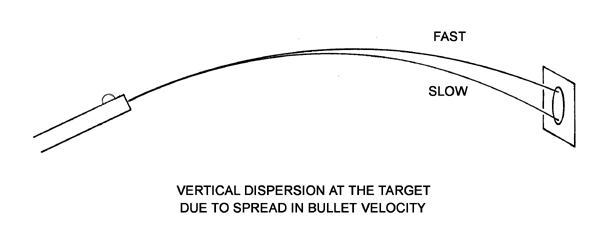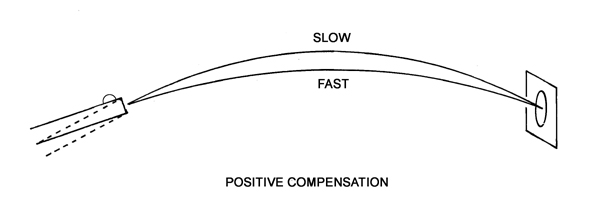I recently picked up a 6mm Creedmoor from GuNinja here on Sniper's Hide (specs: LRI build, Deviant Action, 26'' 1/8 twist Bartlein barrel). But I wanted to provide a reloading report on some recent 100 yd ladder tests done comparing H1000 and H4350. As I surf the forums, it seems that folks are interested in the potential of H1000 as a barrel-life-improving powder. Here is a summary of my results. And BTW, I am entirely open to feedback both on the process and the results.
Details: Hornady ELD X (103 gr), Hornady x1 fired factor brass, CCI 200 primers. The boxes in both targets on 1'' boxes for a common reference.
H1000 (45 gr-48.5 gr)
- loads were done in .5 grain increments, beginning at 45.0 and running up to 48.5 (at this point I basically ran out of case capacity).
- velocities ranged from 2937 (45.0 gr) to 3130 (48.5gr).
- - no pressure signs at any point.
- While I was generally happy with the velocities at the higher end, the grouping was mediocre.
- the entirety of the ladder test resulted in a group size if about 2''.
- based on the ladder test, I decided to load up x10 rounds of 47.0 gr of H1000, with the following results @ 100 yards: Group 1 resulted in a group of 1.4''; Group 2 resulted in a group of 1.1''.
H4350 (40.5gr-43.0gr)
- loads were done in .5 grain incremends, beginning at 40.5 gr and running up to 43.0 gr
- velocities ranged from around 2950-3100 +
- the group in this test was significantly better, with a total group size of about 1.5'' and with relatively clear accuracy nodes betwen 41.0-42.0.
- Note that in this test I did shoot x2 of 41.5 gr (they are the two shots at 6 o'clock that are touching).
- no pressure signs at any point.
My next step is to continue working with H4350, especially around 41.5gr. Any thoughts? Again, I'm happy to receive any and all feedback.
Details: Hornady ELD X (103 gr), Hornady x1 fired factor brass, CCI 200 primers. The boxes in both targets on 1'' boxes for a common reference.
H1000 (45 gr-48.5 gr)
- loads were done in .5 grain increments, beginning at 45.0 and running up to 48.5 (at this point I basically ran out of case capacity).
- velocities ranged from 2937 (45.0 gr) to 3130 (48.5gr).
- - no pressure signs at any point.
- While I was generally happy with the velocities at the higher end, the grouping was mediocre.
- the entirety of the ladder test resulted in a group size if about 2''.
- based on the ladder test, I decided to load up x10 rounds of 47.0 gr of H1000, with the following results @ 100 yards: Group 1 resulted in a group of 1.4''; Group 2 resulted in a group of 1.1''.
H4350 (40.5gr-43.0gr)
- loads were done in .5 grain incremends, beginning at 40.5 gr and running up to 43.0 gr
- velocities ranged from around 2950-3100 +
- the group in this test was significantly better, with a total group size of about 1.5'' and with relatively clear accuracy nodes betwen 41.0-42.0.
- Note that in this test I did shoot x2 of 41.5 gr (they are the two shots at 6 o'clock that are touching).
- no pressure signs at any point.
My next step is to continue working with H4350, especially around 41.5gr. Any thoughts? Again, I'm happy to receive any and all feedback.





